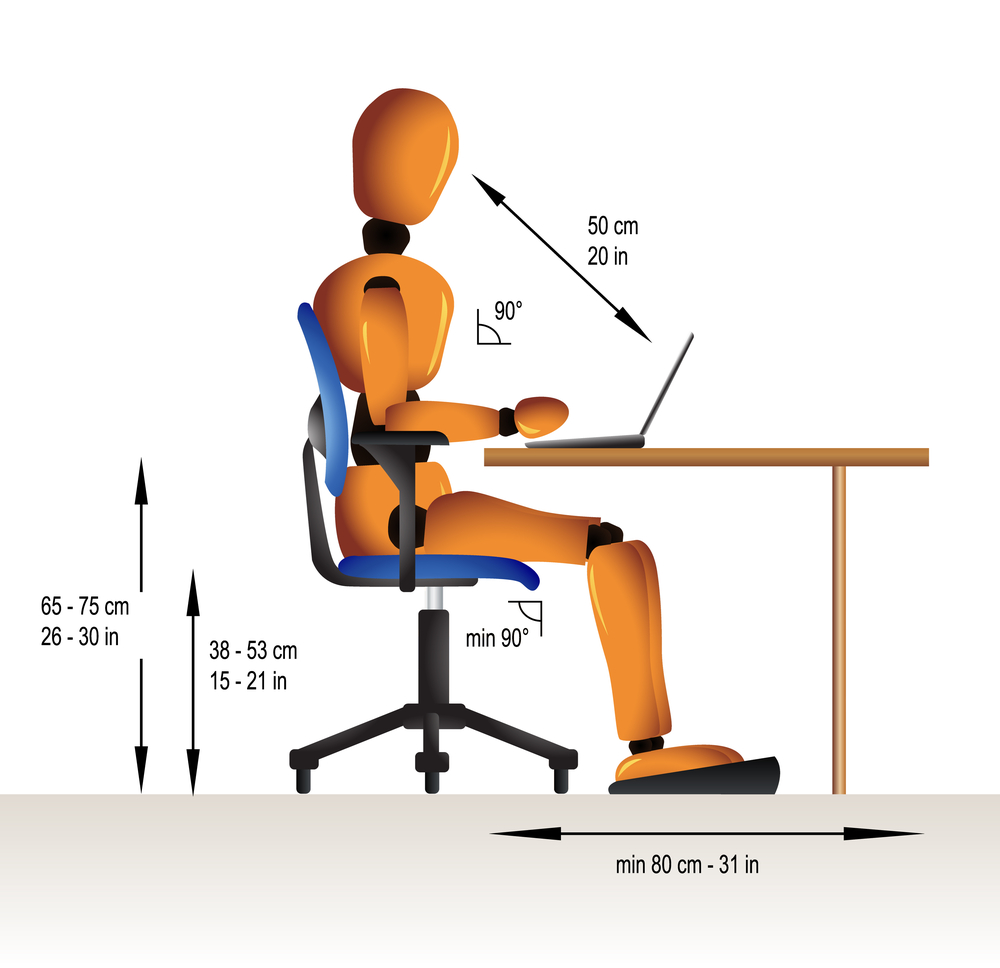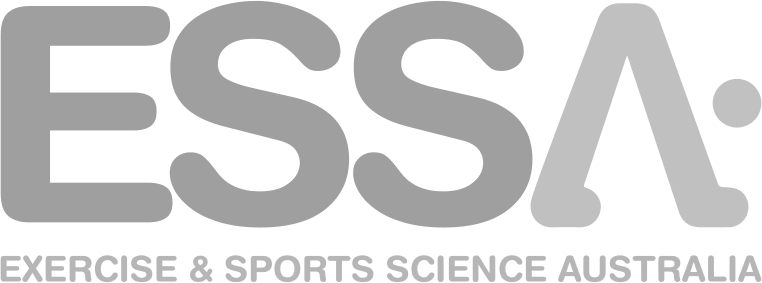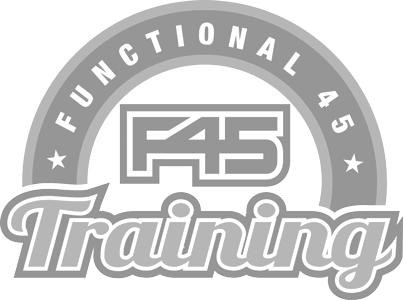Workstation Setup

Your workstation should be set up to cause the least amount of stress on your body. Prolonged hours of poor posture or repetitive work habits, often in a stressful environment can result in significant overuse injury. Applying the following points can help tominimise such injuries.
Important points to note :
- Site in front of your workstation such that your monitor is directly front on.
- Your arms should be at right angles from your shoulders when you type
- Your wrists should be in line with your forearms, both horizontally and vertically
- Your keyboard should be flat
- the top of your monitor should be level with your eys
- Do not sit too close to your monitor – at least an arms length away
- Ensure your seat is properly adjusted
- If your feet don’t reach teh ground, use a foot rest.
- Do not reach too far for your mouse, keep it close to your keyboard and support your arm on the desk when using your mouse
- Use a document holder attached to the site of the monitor
- Take regular breaks every hour, stretch your legs and perform simple mobility exercises to limber
Optimal Chair Setup
Correct seating posture is an essential ingredient to preventing spinal injury and fatigue.
The basic features of a good chair are :
- height adjustable
- pelvic tilt on seat
- lumbar support
- Adjust the height of your chair such that your knees are level or just below hip height and that your feet are flat on the floor.
- If your seat has a pelvic tilt, this should be set to a slight forward incline to promote a natural inward lower back curve.
- Move the lumbar support so that it fits snuggly into the curve of your lower back. This will help to prevent lumbar strain and helps to maintain a straight spine and neck whilst seated.
- Never sit with your legs crossed! Crossing at the ankles is a preferable alternative.
For further information contact us.





